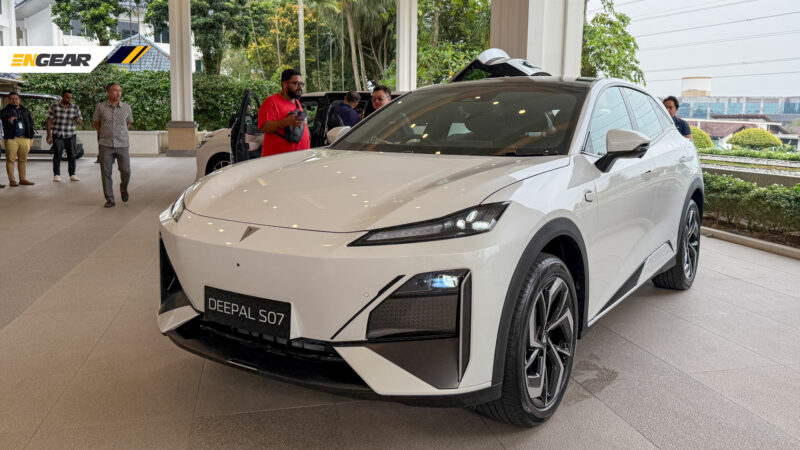25.08.2025
Hybrids in City vs Highway: Where They Save Fuel and Not
Hybrids in the City and on the Highway: Where They Really Save Fuel — and Where They Don’t
Hybrid cars are often seen as the perfect solution for fuel savings. But the truth is more nuanced: their efficiency strongly depends on driving conditions. Let’s break down where hybrids shine and where they don’t live up to the promise.
In the City: Maximum Efficiency
Urban environments with frequent stops, traffic jams, and traffic lights are the natural habitat for hybrids. The electric motor takes over at low speeds, reducing fuel consumption significantly. Recuperative braking also allows hybrids to recharge the battery while driving, making city traffic an advantage rather than a problem.
Result: In dense city traffic, hybrids can reduce fuel consumption by 30–40% compared to conventional gasoline cars.

On the Highway: Almost No Savings
Highway driving is a different story. At constant high speeds, the gasoline engine is the main power source, while the electric motor hardly helps. The battery doesn’t get recharged much, and regenerative braking is minimal.
Result: On highways, fuel savings from hybrids are negligible — often only 5–10%, sometimes none at all.
Conclusion
Hybrids are best for those who drive primarily in the city. If your route mostly involves highways, the benefits will be minimal. For long-distance travel, a fuel-efficient gasoline or diesel car — or a fully electric vehicle with proper charging infrastructure — may be a better option.